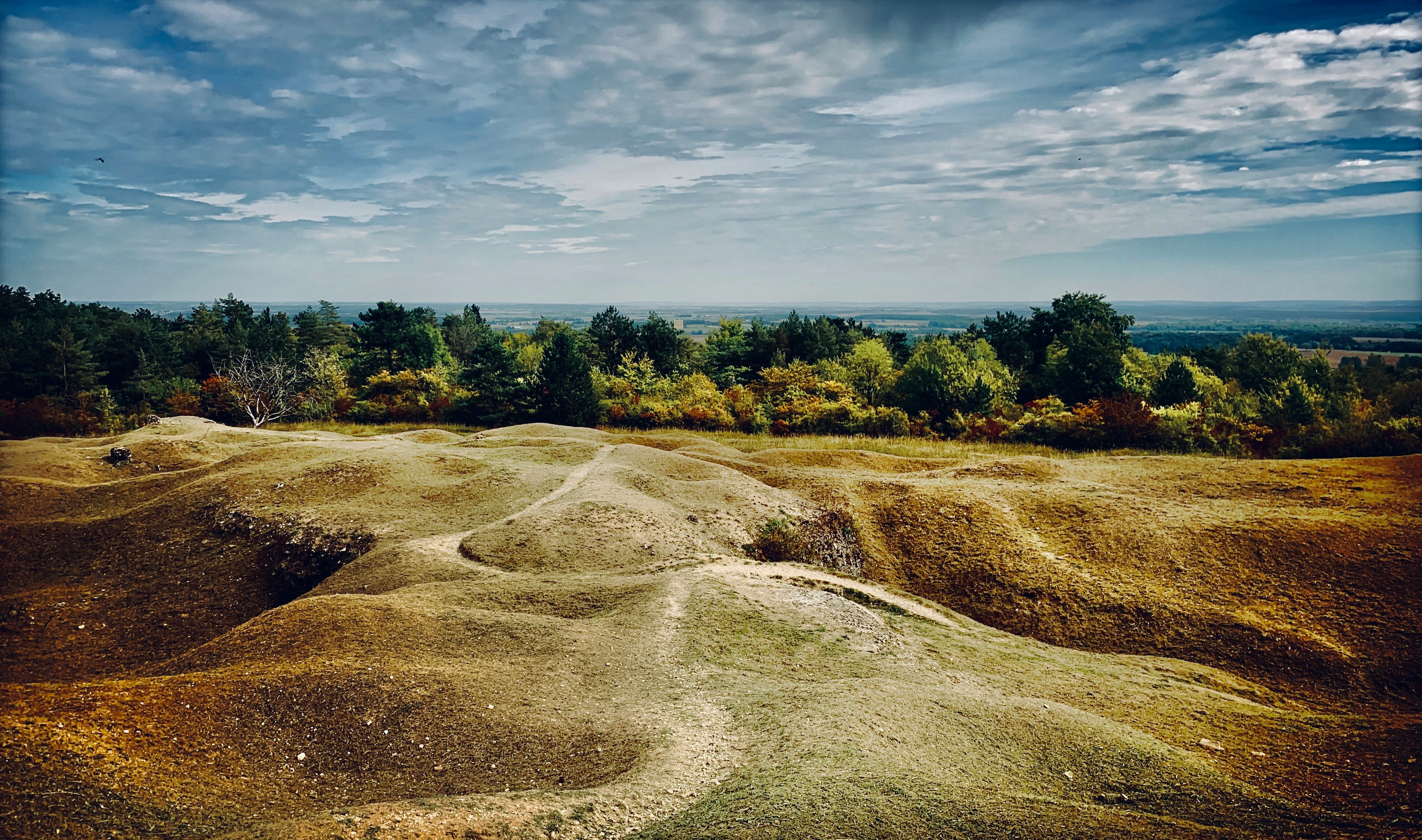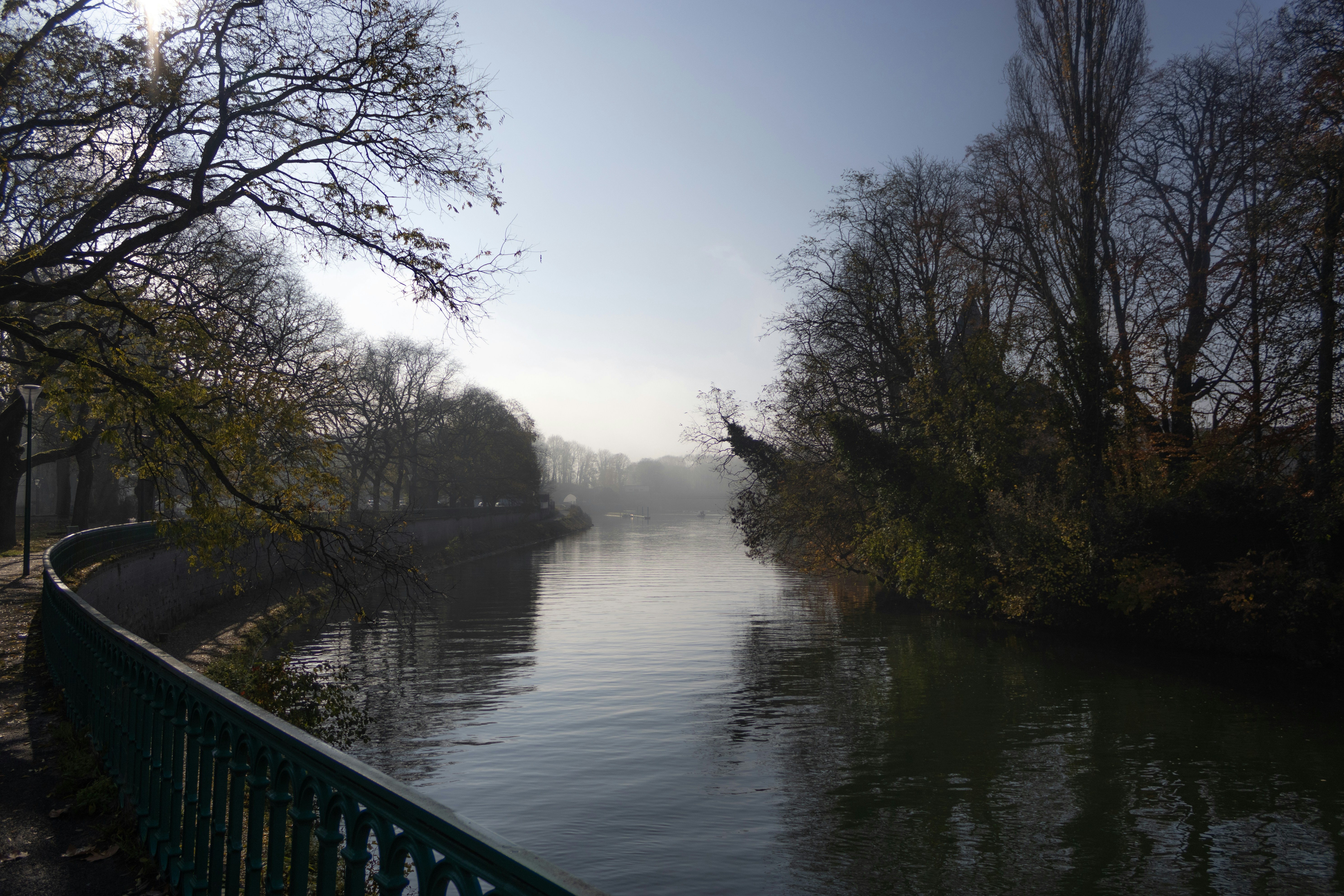Verdun: A testament to resilience and remembrance
In the rolling hills of northeastern France, a city stands as a living memorial to one of the most brutal battles in human history. Verdun, a name etched into the annals of World War I, carries the weight of its past with dignity and grace. This small city, with its ancient fortifications and serene Meuse River, has been transformed into a place of pilgrimage, reflection, and hope.

A City Shaped by Conflict
The landscape surrounding Verdun has been sculpted by centuries of conflict. Long before the Great War, the city was fortified by Vauban, the legendary military engineer of Louis XIV. These defenses were put to the ultimate test during the Battle of Verdun in 1916, a ten-month ordeal that claimed over 700,000 lives.
Today, the scars of that battle can still be seen in the pockmarked fields and silent forests that surround the city. The land itself has been designated as a "Red Zone," deemed too dangerous for habitation due to unexploded ordnance and soil contamination. Yet, from this devastation, a powerful message of peace and reconciliation has emerged.
Guardians of Memory
The Douaumont Ossuary stands as the most striking monument to the Battle of Verdun. This massive structure, with its 46-meter-high tower, houses the remains of 130,000 unidentified French and German soldiers. The sheer scale of the ossuary serves as a sobering reminder of the human cost of war.
Nearby, the Douaumont National Necropolis spreads out in neat rows of white crosses, each marking a fallen soldier. The sight of 16,142 graves, uniform in their simplicity, creates a profound sense of loss and reflection.
A Living Museum
The city of Verdun itself has been carefully rebuilt and now serves as a living museum to the conflict that nearly destroyed it. The Verdun Memorial Museum, reopened in 2016 after extensive renovations, offers a comprehensive and deeply moving look at the battle and its impact on soldiers and civilians alike.
Visitors are invited to explore reconstructed trenches, bunkers, and fortifications that dot the surrounding countryside. The Fort de Douaumont, once the largest and highest fort on the ring of 19 defensive works protecting Verdun, can now be toured, offering a glimpse into the conditions faced by soldiers during the siege.
A City Reborn
Despite its somber history, Verdun has emerged as a vibrant city with a rich cultural life. The historic city center, with its beautiful cathedral and quaint streets, invites exploration. Local specialties like the sugared almonds known as "Dragées de Verdun" offer a sweet contrast to the city's bitter memories.
The Meuse River, which played a crucial role in the battle as a supply line, now provides a peaceful backdrop for riverside walks and boat tours. Parks and gardens, many created as part of the post-war reconstruction, offer tranquil spaces for reflection and relaxation.
A Beacon of Peace
Today, Verdun stands as a powerful symbol of Franco-German reconciliation. The Douaumont Ossuary, which contains the remains of both French and German soldiers, serves as a poignant reminder of the shared suffering of war. Regular ceremonies and events bring together descendants from both sides to honor the fallen and reaffirm their commitment to peace.
The World Centre for Peace, Liberty, and Human Rights, housed in the former Episcopal Palace, furthers this mission by hosting exhibitions and conferences dedicated to promoting understanding and dialogue between nations.
A Journey Through Time
A visit to Verdun is a journey through time, from its origins as a Gallic settlement to its medieval prominence and its pivotal role in modern history. The city's resilience in the face of near-total destruction serves as an inspiration, while its dedication to preserving the memory of the past ensures that the lessons of history are not forgotten.

As the sun sets over the Meuse Valley, casting long shadows across the peaceful countryside, one can't help but feel the weight of history in Verdun. It's a place where the past is ever-present, yet hope for the future prevails. In this city of memory and reconciliation, visitors are reminded of the importance of peace and the resilience of the human spirit.
For those seeking to delve deeper into France's rich tapestry of history and culture, a visit to Rouen offers another captivating journey through time, with its magnificent Gothic cathedral and connections to Joan of Arc.
Related articles
Show all
Top 15 things to do in Dijon
France's Burgundy region has long been revered for its rich history, culinary excellence, and world-class wines. At its heart lies a city that embodies the very essence of this storied region. With its well-preserved medieval core, vibrant culinary scene, and cultural treasures, visitors are invited to embark on a journey through time and taste. From grand palaces to hidden courtyards, bustling markets to tranquil gardens, an array of experiences awaits those who venture into this captivating destination.
Dijon - FRANCE

The 15 best things to do in Blois
The Loire Valley, renowned for its majestic châteaux and picturesque landscapes, holds countless treasures waiting to be discovered. Among these gems, a charming city stands out, offering visitors a perfect blend of history, culture, and natural beauty. From its royal castle to its winding medieval streets, this enchanting destination invites travelers to step back in time while enjoying modern comforts and culinary delights.
Blois - FRANCE

The 15 best things to do in Rouen
Normandy's capital city beckons with its rich tapestry of history, art, and culture. Medieval half-timbered houses line cobblestone streets, while Gothic spires pierce the sky, creating a mesmerizing backdrop for exploration. From the haunting echoes of Joan of Arc's final days to the vibrant strokes of Impressionist masters, this French gem offers a captivating journey through time and artistic expression.
Rouen - FRANCE

Best 15 things to do in Paris
The City of Light beckons with its timeless allure, offering a tapestry of experiences that have captivated visitors for centuries. From iconic landmarks to hidden gems, this enchanting metropolis weaves together history, art, cuisine, and culture into an unforgettable journey. Whether one's interests lie in world-class museums, architectural marvels, or simply savoring the joie de vivre of Parisian life, the French capital promises a wealth of experiences to be cherished.
Paris - FRANCE

The 15 best things to do in Menton
The French Riviera has long been celebrated for its glamorous resorts and star-studded beaches. Yet, tucked away on the Italian border lies a gem often overlooked by the jet-setting crowd. With its pastel-hued buildings cascading down to the azure Mediterranean, this charming coastal town offers a quieter, more authentic slice of Côte d'Azur life. Here, the pace slows, allowing visitors to savor the simple pleasures of Provençal culture, from sun-drenched lemon groves to art-filled gardens.
Menton - FRANCE

Best 15 things to do in Lyon
France's third-largest city often gets overshadowed by its glamorous cousin, Paris. However, this vibrant metropolis at the confluence of the Rhône and Saône rivers boasts a rich history, stunning architecture, and a world-renowned culinary scene. From Roman ruins to modern art museums, from hidden traboules to Michelin-starred restaurants, the city offers a wealth of experiences for every type of traveler. Let's explore the top 15 activities that shouldn't be missed in this captivating French destination.
Lyon - FRANCE

 Home
Home Wishlist
Wishlist